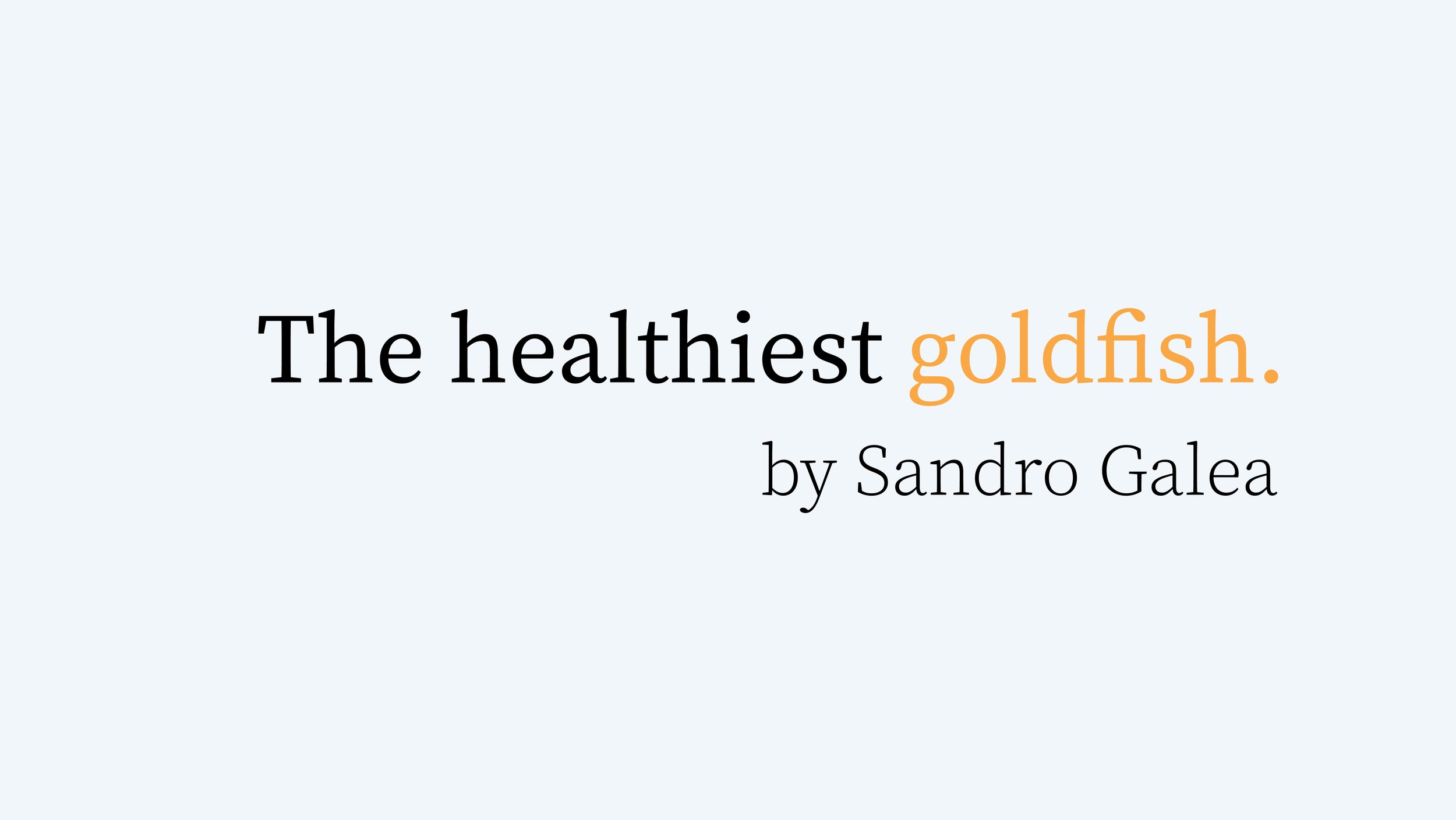Regular readers of these essays will recognize that a core theme of much of my writing is that the business of health is the business of being concerned about the world around us. The air we breathe, the water we drink, the food we eat, the places where we live, work, and play, politics, the economy, the environment, and the broader geopolitical issues of war and peace—these forces are fundamental to whether we can live healthy lives. They are, to return to the central metaphor of The Healthiest Goldfish, the water in which we swim. Creating a healthy world means attending to these forces, optimizing them for health, to ensure our water is “clean.” This work requires an intellectual and practical commitment to engaging with a “big picture” vision of health. A healthier world is a world where we tackle forces as foundational as climate change, structural racism, and individual behavioral choices, all of which affect health.
Read more here.




